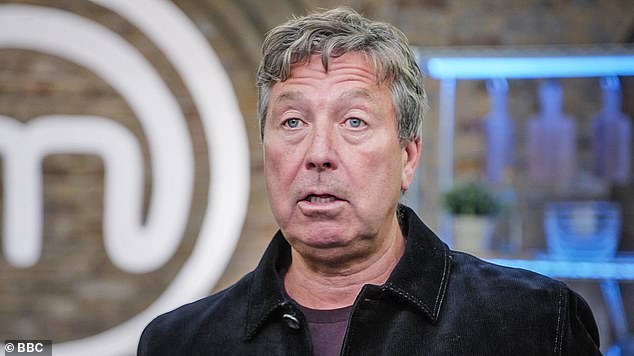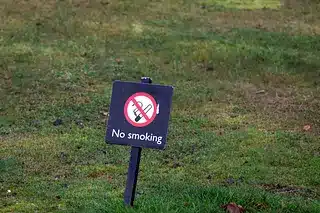The Great Fire of London With Rob Rinder & Ruth Goodman (Ch5)
What would you save? We’ve all asked ourselves the question: if the house is on fire, and people and pets are safe, what one item would you rescue?
For most people, the answer used to be an irreplaceable photo, or perhaps the jewellery box.
These days, it’s probably the smartphone — how else are you going to film the blaze and post it on Instagram?
Diarist Samuel Pepys saved his cheese. His most prized valuable, when an all-consuming blaze swept through London in 1666, was an imported wheel of Parmigiano worth more than £1,000 at today’s values.
Clearly he couldn’t carry it through the streets. The air was blisteringly hot. Sam’s cheese would be fondue.
Instead, he hurriedly dug a hole in his back garden and buried it. Whether it was edible when he retrieved it, his diary doesn’t reveal.
Tidbits like that are the great pleasure of history documentaries on TV. The title of The Great Fire Of London With Rob Rinder & Ruth Goodman gives away the main story, even if you don’t already know it: there was a fire in the capital, and it was a big one.
We tune in to learn the surprising details — how King Charles II ordered houses to be torn down with giant iron billhooks, for instance, to create firebreaks.
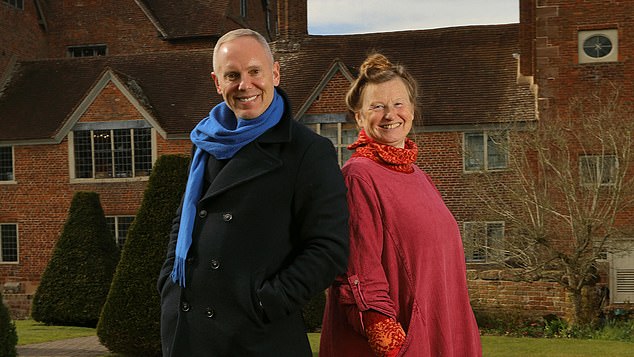
Rob Rinder and Ruth Goodman delve into the lesser-known stories of The Great Fire of London
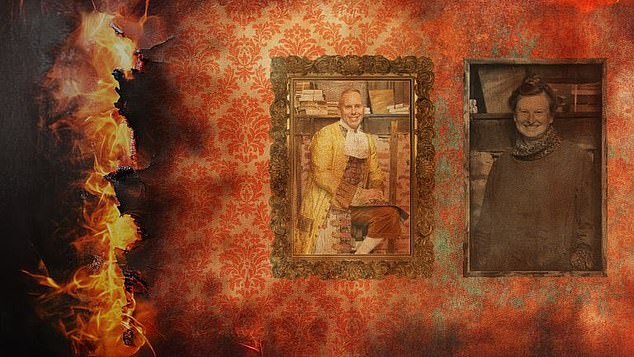
The programme provides tidbits that are the great pleasure of history documentaries on TV
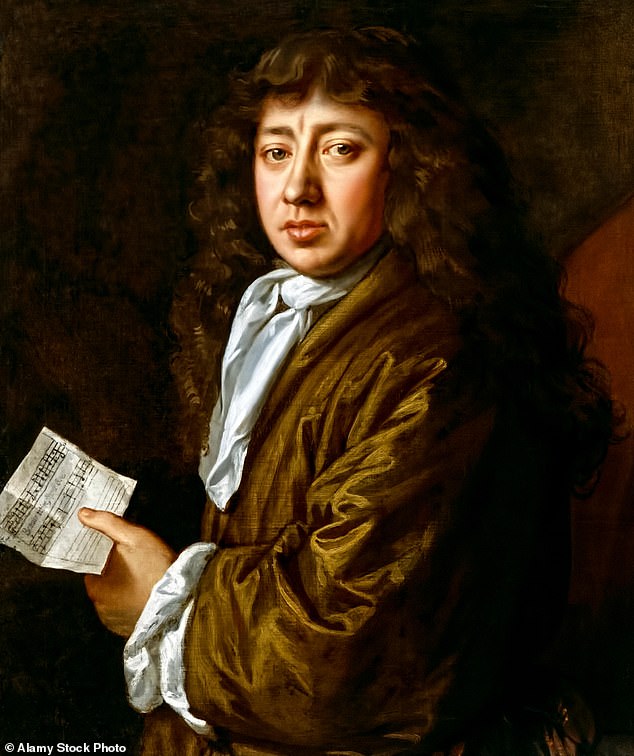
As the capital burned, diarist Samuel Pepys saved his valuable imported wheel of Parmigiano worth more than £1,000 at today’s values
His plan might have worked, but the Lord Mayor, Thomas Bludworth, dithered too long: he was afraid he’d be personally liable for compensation to all the people whose homes he demolished.
Bludworth emerged as the villain of the tale. Bloated and sozzled after a Sunday dinner of fish pie, marzipan hedgehog and pints of fine wine, he was aggrieved to be woken and told of the fire.
‘A woman could p*** it out,’ he scoffed, and went back to sleep. Two days later, his own mansion burned down.
In Pepys’s vivid description, the air was alight with ‘firedrops’ or wisps of burning straw and wood, and the sky was filled with ‘a most horrid, malicious, bloody flame, not like the fine flame of an ordinary fire’.
The film used shots of modern London with firedrops super-imposed like flakes of red-hot snow. It was rather effective.
Charles, at his palace in Whitehall, didn’t know the extent of the conflagration until Pepys jumped on a boat and dashed up the Thames with news.
What a royal audience that must have been: ‘Sire, the good news is that my cheese has been saved.
‘The bad news is, things aren’t looking so happy for St Paul’s.’
As the cathedral blazed, the heat was so intense that a localised thunderstorm formed. Superstitious Londoners must have believed God himself was angry.
In the rebuilt St Paul’s, we can still see scorchmarks around the base of poet John Donne’s statue.
Donne is best known for coining the phrase, ‘For whom the bell tolls’. Turns out his bell was a fire alarm.

